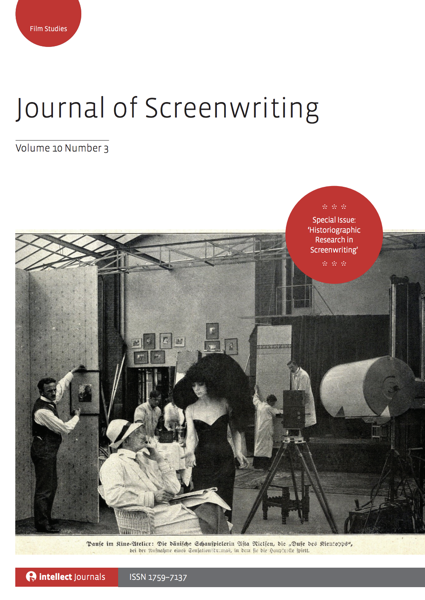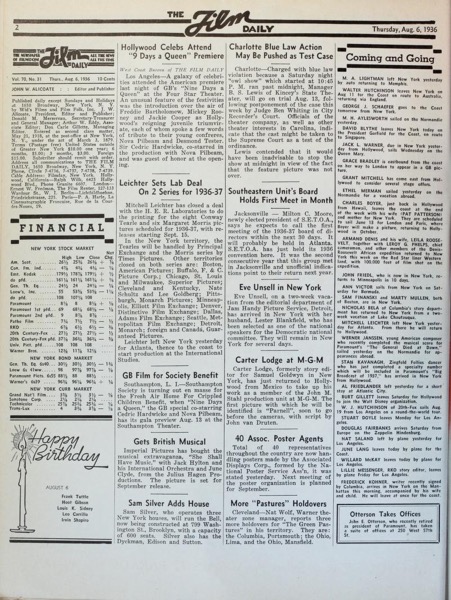Highlighting the articles in the past editions of the Journal of Screenwriting, of which I am the Book Reviews Editor. Hopefully these abstracts will entice you to did a little deeper into the history and future of screenwriting. — Rosanne
This article poses a question previously overlooked in the tremendous body of research on Das Cabinet des Dr. Caligari: why does the cabinet take such a prominent place in the title alongside the protagonist? The question is approached through a reading of the Caligari screenplay, which reveals that its narrative can be fruitfully conceived as a struggle of ‘evil spaces’. Pursuing the origins of this original spatial structure, the article uncovers a close connection between the script and the popular fantasy novels of the early twentieth century, in particular the only novel by the Austrian graphic artist Alfred Kubin. It is finally argued that acknowledging this connection to fantasy novels as well as the importance of the spatial structure in the Caligari script allows us to reconsider the crude opposition between the script’s narrative and the film’s set design that is prevalent in the existing research on the film.
The Journal of Screenwriting is an international double-blind peer-reviewed journal that is published three times a year. The journal highlights current academic and professional thinking about the screenplay and intends to promote, stimulate and bring together current research and contemporary debates around the screenplay whilst encouraging groundbreaking research in an international arena. The journal is discursive, critical, rigorous and engages with issues in a dynamic and developing field, linking academic theory to screenwriting practice.
Get your copy and subscription to the Journal of Screenwriting Today!
Join me at the Screenwriting Research Network’s Annual Conference in Oxford, UK
* A portion of each sale from Amazon.com directly supports our blogs
** Many of these books may be available from your local library. Check it out!


![37 “Girl Writer” from “When Women Wrote Hollywood” with Dr. Rosanne Welch [Video] (1 minute 6 seconds)](https://rosannewelch.com/wp-content/uploads/2020/01/csuf-rmw-w3h-37.jpeg)

![36 Leigh Brackett from “When Women Wrote Hollywood” with Dr. Rosanne Welch [Video] (47 seconds)](https://rosannewelch.com/wp-content/uploads/2020/01/csuf-rmw-w3h-36.jpeg)



![35 Harriet Frank, Jr. from “When Women Wrote Hollywood” with Dr. Rosanne Welch [Video] (1 minute 9 seconds)](https://rosannewelch.com/wp-content/uploads/2020/01/csuf-rmw-w3h-35.jpeg)
